9 Best WordPress Plugins For Multisites 2023
The choice of WordPress plugins for multisites is not as wide as for single sites. Many users run not one, but multiple sites. Using WordPress, you do not have to build each site from scratch. You can install WordPress and run as many websites as possible from a single install. Such a setup is called a WordPress multisite. The main advantage of a mutisite is that you can manage the entire network from a single dashboard. To make managing multisites easier, you can take help from many WordPress Plugins for Multisites, both free and premium.
A great example of a multisite is WordPress.com, which hosts millions of individual sub-sites. In a network such as this, the Network Administrator or Super Admin is the all-powerful manager who decides which themes and plugins the subsites can or cannot have. The Network Administrator exercises overriding powers over the subsites. This also means that the site admins of the individual subsites have limited control over their sites. To understand the setup better, turn to Harvard Blogs, a free service for the benefit of the Harvard community. Any user with an email at harvard.edu can freely create a blog on this WordPress install and manage the content on their blogs. At the same time, they enjoy common resources offered by the multisite – themes, widgets, multimedia material, spam protection, and more.
Multisite installation is of 2 types – domain-based and directory-based. The default setup is domain-based installation, though you can change it to directory installation. This is to avoid conflict between pages and sites.
Should You Use a Multisite
A multisite is not a straightforward solution to which everyone with multiple websites can resort. While installing a multisite can be quite a breeze, migrating or separating a subsite later may need professional help. Thus a multisite network is a mixed bag of features. It can be the ideal solution for any organization with a hierarchical setup. For instance, a Government and it’s branches, or a University and its departments. The subsites enjoy almost full independence but share common resources. So, if you’re running a network of related blogs, go for a multisite.
With a multisite, you’ll need to install themes and plugins just once, and activate them only for subsites that need them. This helps you manage the sites more easily, resulting in more efficient use of server space. Moreover, you can monetize the network by offering hosting services to other blogs and websites, though this maybe difficult if you’re on shared hosting.
You need not opt for a multisite if all you want to do is change the look of your website. To do that, you can simply switch between themes. Likewise, for regulating access for different users, use plugins to limit capabilities or switch user roles. A multisite is not a good choice if you want to add themes and plugins freely, or shift your website to different hosting services. Your hosting requirements may increase substantially, and an unreliable host may result in the entire network going down. Any spurt in traffic to any one site can slow down other sites on the network. Another drawback with multisites is that you’ll need to check plugins for incompatibility before installing them, as many are not multisite compatible.
Why You Should Use WordPress Plugins For Multisites
By default, all new users on your network have subscriber-level access. To change user roles and to manage many other functions in a multisite, you’ll need to rely on plugins. The plugins are installed on the Network Admin dashboard, and then activated for individual sites by the Network Admin. Some plugins are required to work across all the sites, and you’ll not be able to see them on the dashboards of individual sites.
The plugins on this list serve different functions – some are useful in setting up a multisite, some help manage the multisites after setup, while a few can do both. This list also includes a few plugins important to all websites, not just multisites. They figure in this list that they are multisite compatible as well.
Free WordPress Multisite Plugins
The WordPress plugin repository has many multisite compatible plugins that make it a lot easier for the Network Administrator to overview and manage the network.
User Role Editor
When a new user signs in, WordPress automatically assigns the role of a subscriber to the user. The User Role Editor changes user roles on your WordPress with just a few clicks. You can instantly see how useful that function will be in a multisite network. The Network Admin can create new capabilities and custom roles. Websites and multi author blogs that want to assign different access levels to different authors will be particularly happy with this plugin.
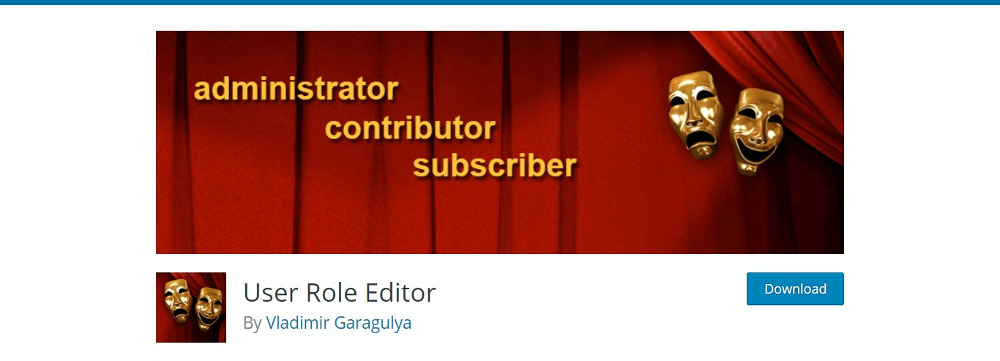
The plugin adds a new menu item User Role Editor on activation. To edit an existing role, simply select the role from the drop down menu, modify the permissions and update the changes. You can also create any role and grant any permissions you want for that role. To make these roles applicable all over the network, you must enable the ‘Apply To All Sites’ option before updating the changes. You can change the default user role, delete any existing user role and assign multiple roles to a single user.
The plugin can be downloaded for free, but if you need the ad free version, you’ll need to pay for the Pro plugin. The Pro version helps you mange the multisite better and includes one click synchronization of changes. User Role Editor is a valuable addition in a multisite, multi-user environment. You can import or export user roles between sites and restrict viewing of pages and posts to select users.
More info / DownloadUser Switching
User Switching allows users authorized to edit other users to switch accounts within WordPress. At the click of a button, the authorized user can log out of the current user status and log in again as a different user without changing passwords. For security purposes, the default setting in WordPress allows only the site administrator on a single site install and network administrator on a multisite install to switch user accounts.

This feature is can be specially useful to Admins who manage multiple sites. They can view your blog through a different user’s eyes, or check a custom user’s access levels. Developers who need to move between many test sites can also check out the network from the user’s point of view. As Admin, you can click on a selected user’s link on the All Users page and navigate the website in that user’s role. You’re not logging in as that user, but you’ll have the same access levels that the user enjoys.
An add-on allows regular site admins to switch user roles on a multisite.
More info / DownloadTranslatePress

TranslatePress is a powerful and practical free WordPress plugin that gets done when you need to translate your single- or multisite installation. Why waste your time and spend countless hours doing things manually when there is a plugin for that? Instead of struggling to do the work alone, help yourself with a dedicated tool. When it comes to translating the website to any language you want, TranslatePress is the way to go.
Enjoy the broad horizon of top-notch features and sort out page translation once and for all. TranslatePress lets you preview your creation before going live when you work on your translations. TranslatePress also smoothly integrates with Google Translate to automatically translate your entire website or blog. Last, TranslatePress is compatible with the Gutenberg block builder and WooCommerce.
More info / DownloadNS Cloner

If you are growing a multisite network, you might find yourself in need of a website cloner. Thanks to NS Cloner, this free WordPress multisite plugin is a powerful solution that helps you clone any website you want. The tool can create a duplicate that sports the same theme, settings, plugins, content and other unique configurations. You can then keep it as is or improve and enhance it further.
The process of cloning your website is a little breeze. Once you have the URL of the new website specified, select the website you want to clone in NS Cloner’s settings, enter the desired URL, add title and you are done. One more click and let NS Cloner do the magic right before you.
More info / DownloadXML Sitemap & Google News
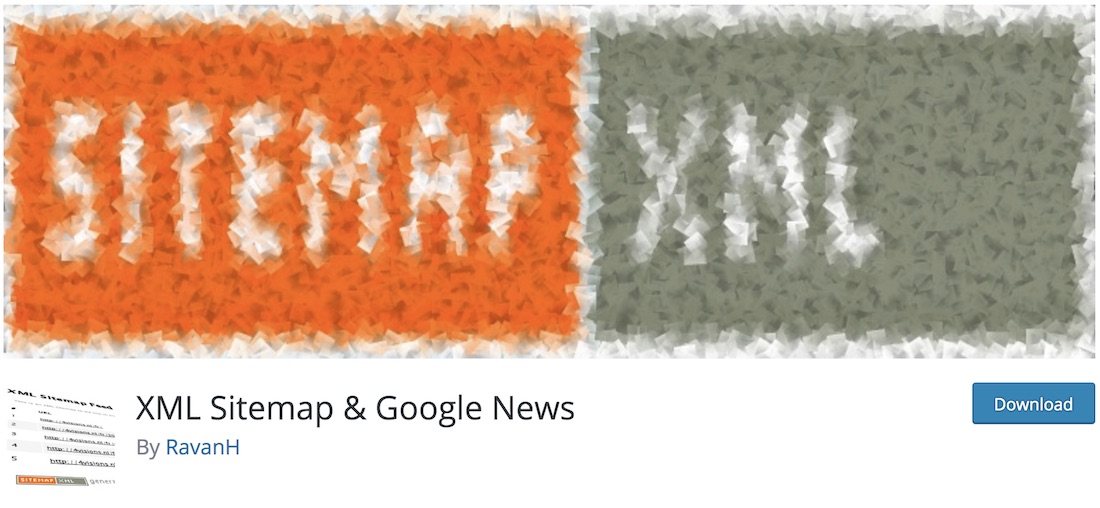
XML Sitemap & Google News is a WordPress Multisite compatible plugin that works seamlessly with Polylang and WPML plugins. The tool automatically creates feeds that adhere to XML Sitemap and Google News Sitemap protocols. The main feature of this plugin is how simple it is to use. There are barely any configurations to make, making it effortless to set up and benefit from its features. Remember, you can also create additional robots.txt rules from your WordPress admin dashboard.
Whenever you publish new content, XML Sitemap & Google News pings browsing giants, like Google, Bings and Yahoo. It also lets you choose which post types and taxonomies to include and which to skip; you can set individual priorities. The sitemap created will be user-friendly, comfortable to navigate.
More info / DownloadIndividual Multisite Author

If you run a WordPress multisite network of websites, the same author appears on all of them. In other words, the identical description/biography runs on all the pages. You can now make changes and customize authors individually with Individual Multisite Author. This free WordPress multisite plugin unlocks a new feature in your admin dashboard section. You can use the function to add customized author biographies for each blog manually.
What’s super cool about Individual Multisite Author is that you install it, and it magically appears in your dashboard. In other words, installation and activation are all you need to do, no additional configuration. For your information, the plugin only works with multisite feature enabled. On the other hand, it will not harm single-site installations since it sits there and does nothing.
More info / DownloadWP Multisite User Sync
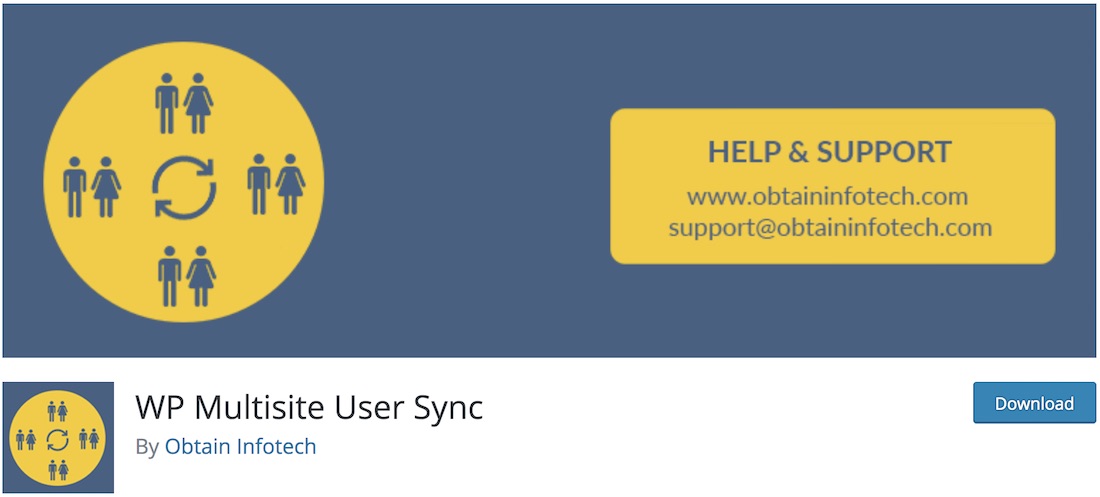
WP Multisite User Sync is a simple free WordPress plugin that syncs and unsyncs individual users from one site to another. Remember, the tool also works when syncing and unsyncing single and multiple sites. Before you take action, you should know that this plugin is only compatible with multisite installations. Nope, it does not work with single sites. Adding the plugin to your admin dashboard is simple and quick, ready for you to start using it immediately.
WP Multisite User Sync Pro version will do the trick to benefit from even more features and functions. To sync or unsync a user, you will see the new feature appear when you edit the user. You can then select the destination sites to where you want to sync/unsync users.
More info / DownloadMultisite Language Switcher
If your blog reaches many countries, you may need your website to appear in multiple languages. Besides, all the sites on your network may not share a single common language. Multisite Language Switcher supports content in multiple languages on your WordPress multisite. It’s a powerful plugin that helps translate posts, pages, categories and tags into multiple languages. Flag icons are available for selection of language.
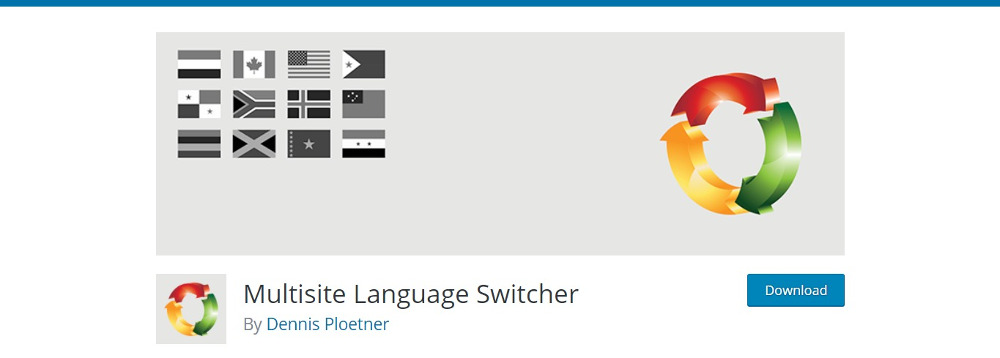
The plugin is installed on the multisite and the Network Administrator can activate this plugin across the entire network or for select sites alone. You’ll need to configure the settings for each site independently.
More info / DownloadDisable Comments
Disable Comments is an extremely handy addition to any multisite. Comment moderation on a multisite network can become a full-time job by itself. This plugin makes light of this task. Once you activate this plugin, it will disable comments globally on your multisite.
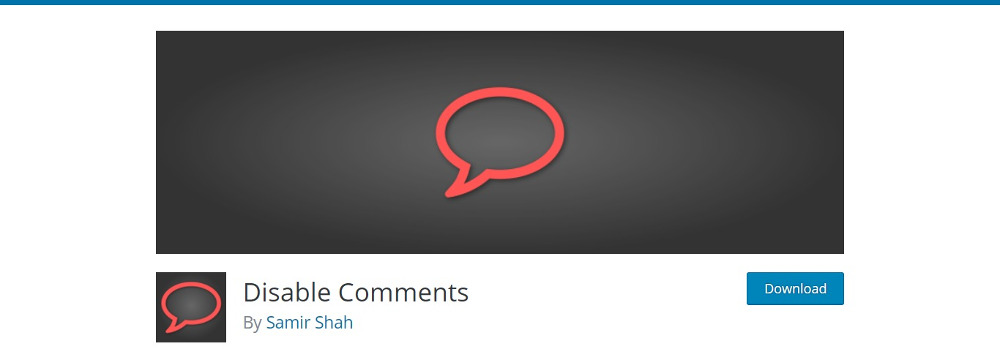
If you need to selectively comment on any post or page, you should skip this plugin. Not to overlook, WordPress can natively handle comments on individual pages and posts without help from any plugin. But if you want to disable comments on the entire network, this plugin can do so in one stroke. It can remove comment-related items on your network – dashboard, widgets and menu.
More info / DownloadPlugins Important For All Websites, Including Multisites
Some functions like security and backup are important for all websites, not just multisites. While choosing plugins for these functions for multisites, you need to make sure that these plugins are compatible for multisites.
- BackWPup: BackWPup is one plugin that will backup your WordPress multisite. It can be activated on a full network only basis, and can backup everything on your multisite. Though it stores the backups in external storage options like Amazon S3 and DropBox, one click restore option is not available with this plugin.
- WP Security Audit Log: WP Security Audit Log monitors user activity and is a valuable addition in a multi-user setup. It can help detect potential hackers and identify security issues well in advance. It also keeps track of password changes and alerts you of suspicious user activity.
- Yoast SEO: Yoast SEO is fully multisite compatible. You need not configure the settings for each blog, the settings from one blog can be copied to another by choosing options in the Network settings. Or you can make one blog to be the default standard for all the other blogs.
- W3 Total Cache: This plugin will speed up the website by reducing the load times. You can install W3 Total Cache on a multisite and activate it on a per site basis as well. It improves server performance and reduces download time, thereby enhancing user experience.
To Sum Up
Multisites are not as easy to manage as standalone websites, they need you to be tech-savvy. A multisite setup works well for Hosting websites and Education websites. The plugins in this list combine well with a WordPress multisite and can make routine management easier for the Network Administrator and individual Site Admins.
If your favorite plugin is not on this list, share it with us in the Comments Section.

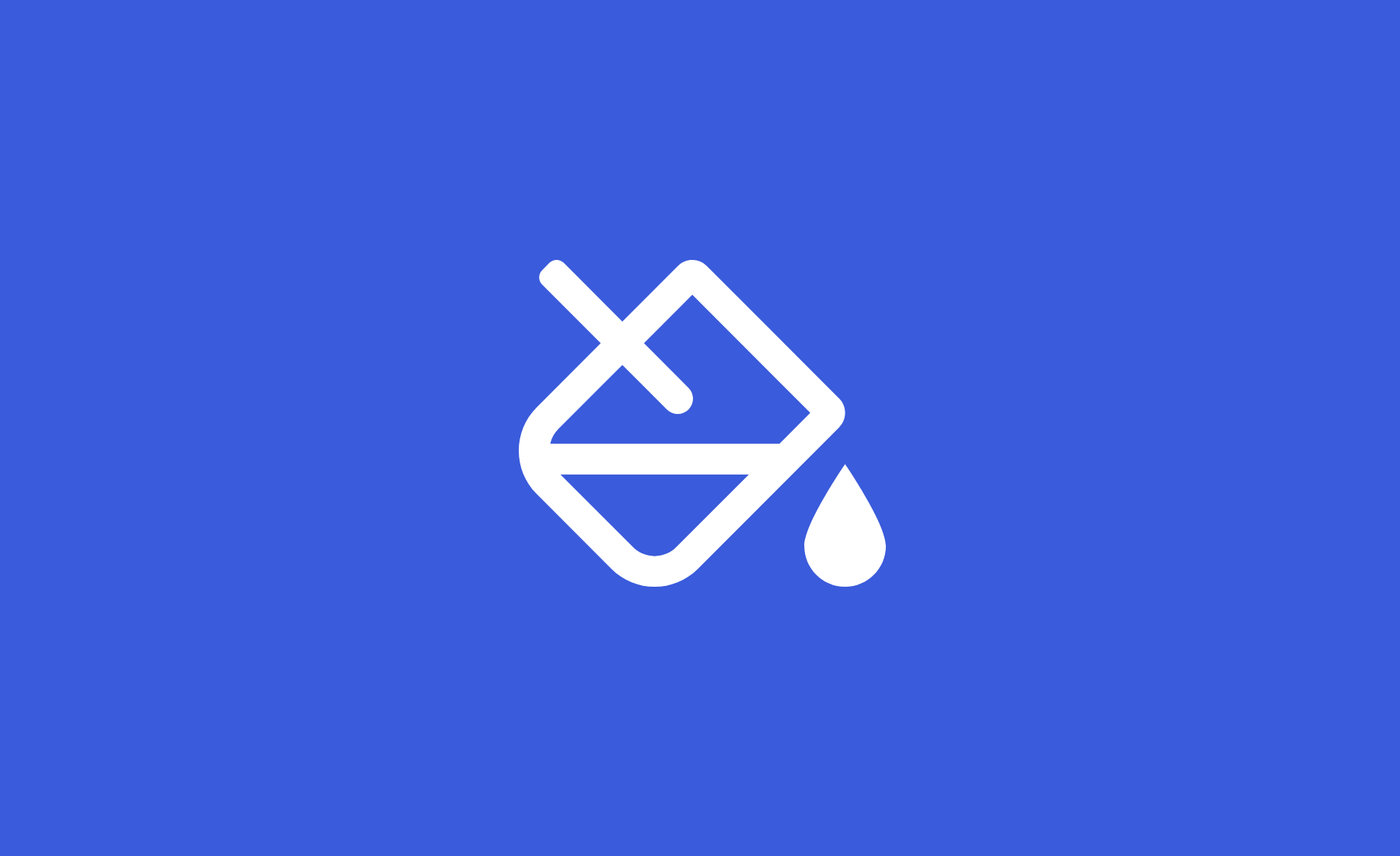





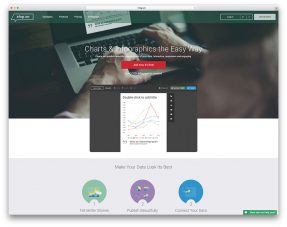
as a long time user of WPMUDEV’s ProSites plugin I have been very happy with alternative solution WP Ultimo — esp. bcs. it integrates with WooCommerce for billing (many of my issues with ProSites have been related to billing reliability)… would be great to see your take on WP Ultimo as well 🙂
This article is extremely helpful! I actually downloaded some of the plugins listed. I would NOT have found these alone.
Thank you!
Anyone know of the plugin Directorist is Multisite compatible?